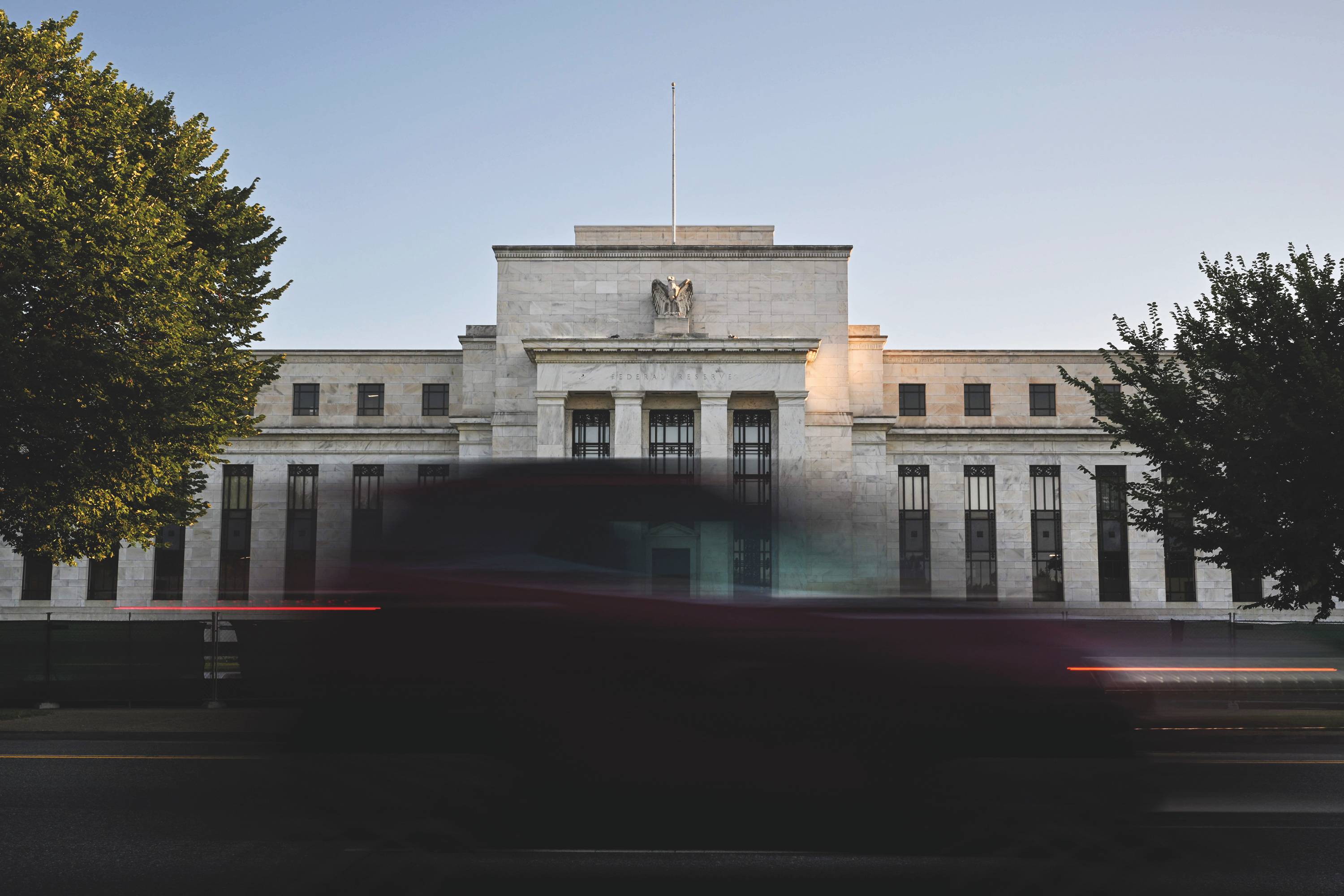The advanced economies are experiencing their highest inflation in 40 years, with a median rate of nearly 9% for the 12 months ending in September 2022. For central banks and financial markets, the expectation — or, more accurately, the hope — that the inflation spike would be transitory has been broadly replaced by the sobering realization that price growth is a persistent problem that demands significant and sustained monetary tightening. With the exception of the Bank of Japan, the major central banks are now raising interest rates and moving to stabilize or reverse balance-sheet growth.
Few would doubt that, after 15 years of exceptionally low interest rates, this policy shift will be difficult, especially with the global economy teetering on the edge of recession. But with 2023 expected to bring heightened global financial and economic risks — not to mention rising geopolitical tensions — it will almost certainly become even more complicated.
A historical perspective illuminates some of the challenges that are likely to emerge as international financial conditions tighten. Real policy interest rates (nominal interest rates minus inflation) in the world’s financial center, the United States, have been consistently negative since the 2008-09 global financial crisis.
















With your current subscription plan you can comment on stories. However, before writing your first comment, please create a display name in the Profile section of your subscriber account page.